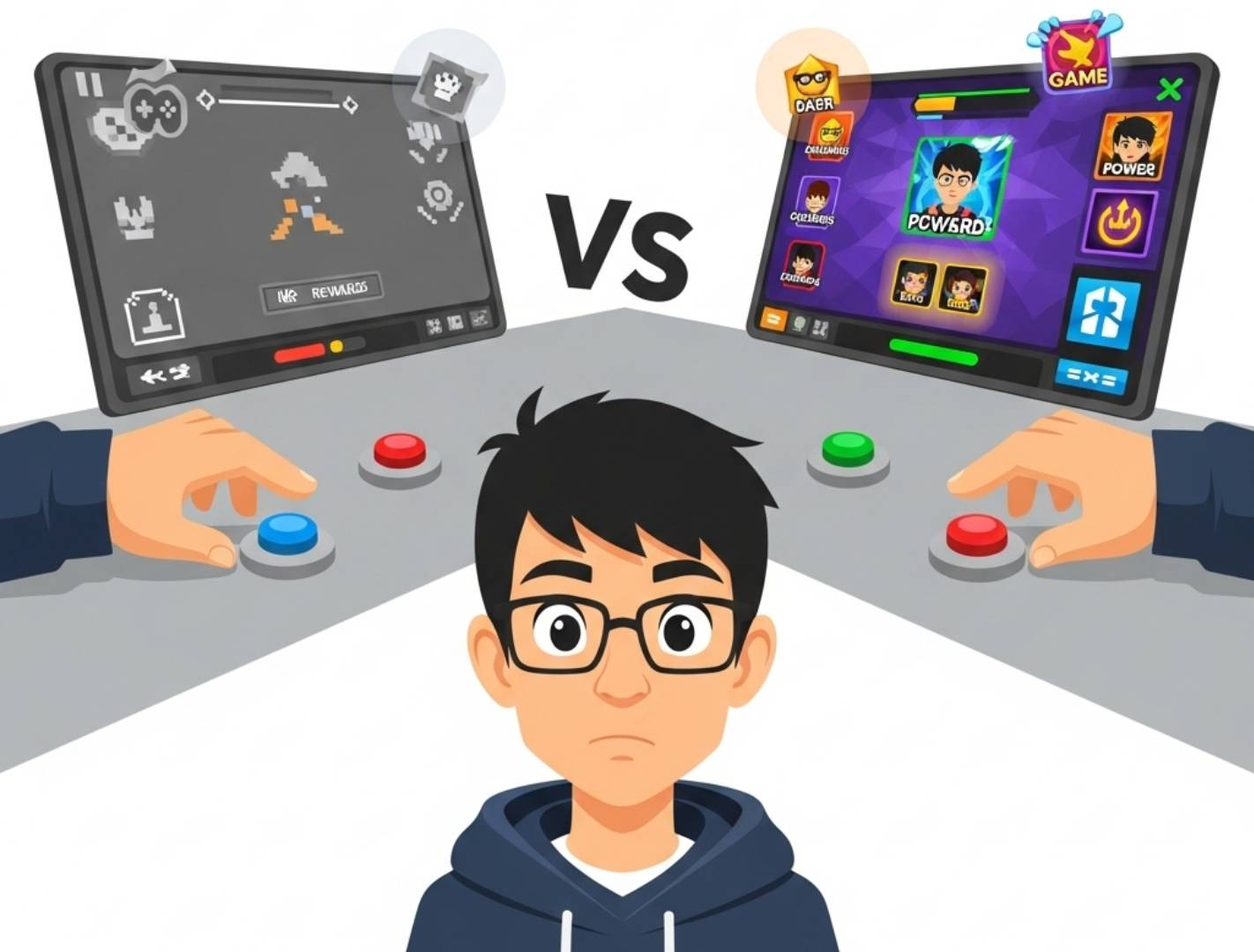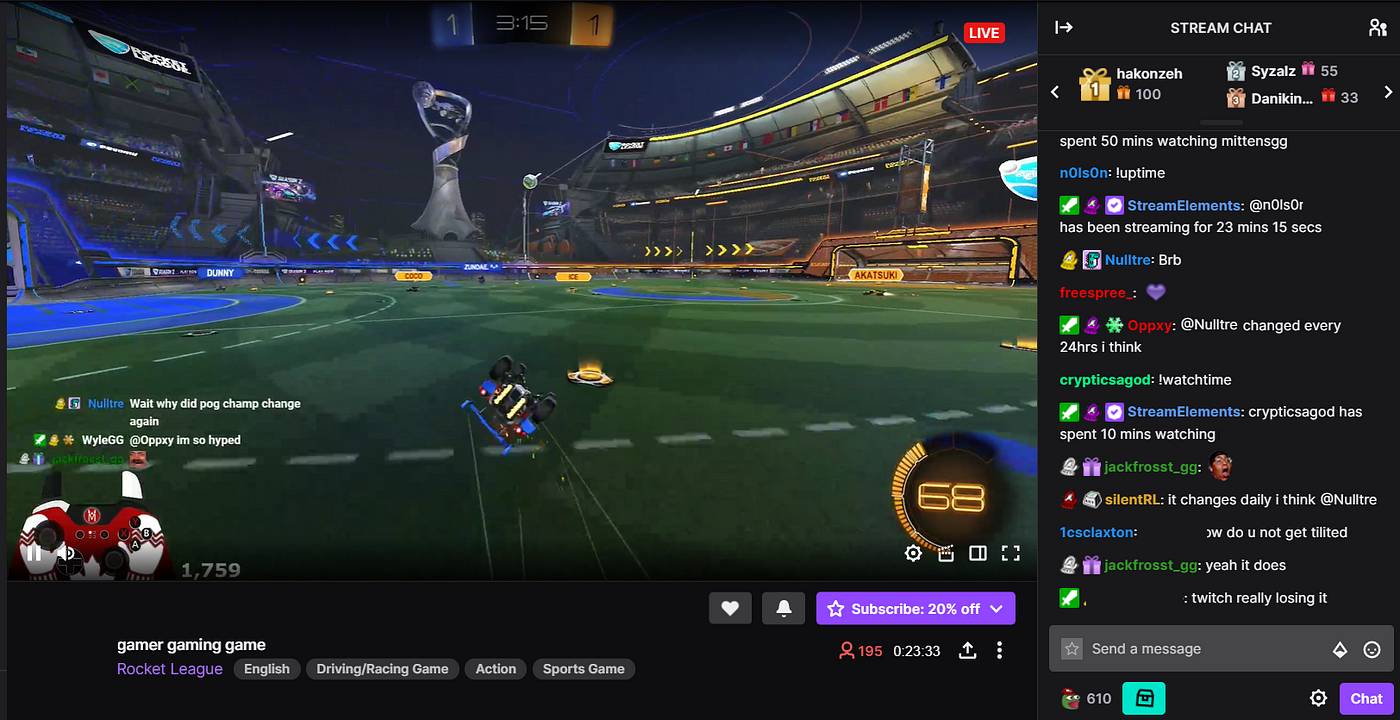Gaming in 2025 continues to pull in millions of players from around the globe, but how people approach their time with games has become more divided than ever. Some load up their favourite titles for a quick break after work, while others dive into intense sessions focused on skill and rank. The distinction between casual and competitive gaming has become more pronounced, offering vastly different experiences and communities.
The question isn’t which side is better in absolute terms. It’s about which one fits different lifestyles and preferences best.
Player Motivation and Time Commitment
People choose how they play based on what they want from the experience. Casual players often lean toward games with short sessions and minimal stress. These games can be paused, resumed, or played in bursts, ideal for those with a packed schedule or who prefer a lighter touch.
On the other end, competitive gamers structure their routine around improvement and consistency. Rankings, stats, and mechanics are at the forefront. These players log hours to sharpen reflexes, memorise maps, and maintain a position on the leaderboard.
Neither side has it easier. Casual gaming offers flexibility, but may lack the depth some players crave. Competitive play brings a challenge, but it demands time and mental focus.
Developers have started recognising this split. Many now include both ranked and unranked modes to support different player behaviours. Data suggests that engagement is highest when players feel a title suits their lifestyle, not the other way around.
Competitive Gaming and the Rewards Factor
There’s a reason so many gamers gravitate toward competitive formats. Beyond the satisfaction of outplaying an opponent, these environments increasingly offer tangible incentives. Tournaments are more common. Prize pools are growing. Some platforms even integrate real-money rewards into their systems, linking performance to potential payouts.
This has sparked interest in skill-based games that allow users to win while playing at a high level. Anyone looking to test their abilities in a more rewarding space might consider platforms where their time and effort can lead to bonuses or prizes. For those exploring this space, it’s worth checking out options like claiming your welcome bonus at Lala Bet Casino, which hosts a wide range of competitive-style games tailored to players seeking more than just casual fun.
Motivation shifts when stakes are involved. While casual players aim for enjoyment, competitive gamers often seek recognition and achievement. Whether financial, digital, or reputation-based, reward systems add another layer to the gaming experience that casual modes rarely match.
This doesn’t make one better than the other. It highlights how incentives influence the way people engage with games. Some players find motivation in leaderboards, while others prefer low-pressure sessions with friends. Both are valid, but the rewards structure changes how a player interacts with the game from the very start.
Game Design and Developer Focus
Studios no longer design games with a single audience in mind. Player feedback and engagement metrics guide development, and the data points in two clear directions: depth for competitive players and simplicity for casual gamers.
Games that strike a balance tend to perform well. Titles like Apex Legends or Rocket League offer ranked competition while still accessible for beginners. On the flip side, games like Stardew Valley or Animal Crossing provide relaxing, low-pressure environments for players who want to unwind.
Developers use features such as matchmaking algorithms, difficulty settings, and custom game modes to reach both ends of the spectrum. These mechanics help preserve the quality of the gaming experience without forcing everyone into the same mould.
It’s also worth noting how game variety supports player retention. Competitive players often need ongoing content updates, balanced mechanics, and clear progression systems. Casual players respond better to convenience, portability, and creativity tools. Both audiences are catered for, just in very different ways.
Streaming, Spectatorship, and Community
Watching others play has become nearly as popular as gaming itself. Content platforms like Twitch and YouTube have reshaped how people connect with games, and these trends differ depending on the type of content being streamed.
Casual-focused creators often attract viewers with relaxed playthroughs, personality-driven commentary, and interactive chats. Their audiences enjoy the content’s laid-back nature, which tends to focus on entertainment more than skill.
Competitive streamers, on the other hand, bring intensity. Their viewers expect precision, coaching moments, and advanced gameplay. These channels appeal to those who want to improve or follow high-level play.
Community behaviour reflects this split too. Casual game communities tend to be welcoming and interest-based. Players share tips, mods, or funny moments. Competitive communities form around teams, strategy discussions, or event breakdowns.
Both styles of content are thriving. Their success depends on understanding what audiences expect and enjoy and consistently delivering that.
Social Gaming and the Casual Revolution
There’s been a major shift toward social-first gaming experiences. Titles that let people play together in informal ways continue to gain traction. This includes party games, mobile titles, and games with built-in voice or video chat.
Players are drawn to games that feel personal and shared. Multiplayer games focusing on cooperation or humour have surged, especially on platforms like the Nintendo Switch or mobile app stores.
It’s not only about friendship. Social games remove the pressure to win. Players can explore, build, or spend time with others without worrying about stats. This makes them especially appealing to younger players or those new to online gaming.
Game design plays a role here, too. Features like couch co-op, accessible controls, and session matchmaking make casual social play more enjoyable. Developers understand that fun often comes from who you play with, not just what you play.
Which Style Fits You Best?
Choosing between casual and competitive gaming depends on what you want from your time in front of a screen. If you enjoy challenges, structure, and recognition, competitive gaming might be more your style. Those who value flexibility, social interaction, or low-pressure experiences may feel more at home in casual titles.
Try experimenting with both styles. You may find that your preference changes depending on the season, your schedule, or what your friends are playing. Some players switch regularly between intense online matches and slower-paced solo games. There’s no wrong way to play.
Each style contributes to the wider gaming scene in its own way. Competitive players help refine mechanics and drive innovation. Casual gamers expand communities and introduce games to broader audiences.
Gaming isn’t one experience; it’s thousands of options, and finding the right fit is part of the fun.


